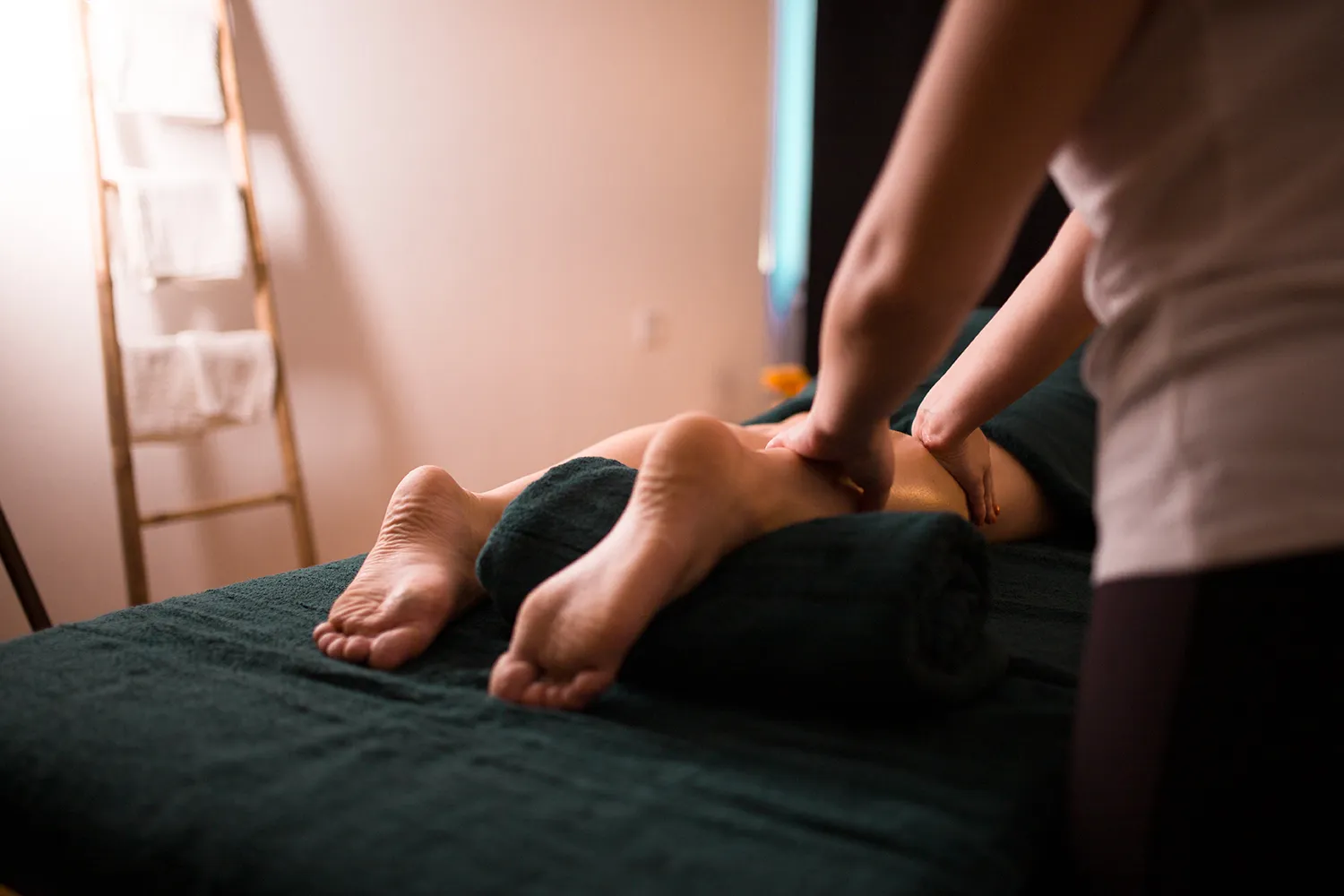The Barral Institute defines Visceral Manipulation as “the specific placement of soft manual forces to encourage the normal mobility, tone and motion of the viscera (internal organs) and their connective tissues.”
Visceral Manipulation is a sophisticated form of manual therapy specialised by Chris Gauntlett. Visceral manipulation has been an integral part of the medical traditions throughout Asia and Europe since pre-recorded times. As practiced by Chris Gauntlett, visceral manipulation utilises a modern, evidence-based system of osteopathic techniques founded and developed by Jean-Pierre Barral. These techniques include:
- Visceral Manipulation
- Neural Manipulation
- Motility Techniques
- Musculoskeletal Techniques

For optimum health, the internal organs must be able to move, slide and glide around one another. This movement freedom is vital for both their mechanical and metabolic function. Visceral manipulation aims to restore this movement using gentle manual techniques. Contact is light and comfortable; minimal force is always used to restore healthy movement and normalise function. Reflexive superficial muscle relaxation and increased joint range of motion almost always follow visceral manipulation. Muscle relaxation is the nervous system’s response to no longer being required to guard and protect the agitated and restricted viscera, helping restore normal and pain-free movement patterns.
Neural manipulation encompasses gentle techniques to release the fascia (connective tissue) running through and around nerve fibres. Jean-Pierre Barral says, “The muscles are held hostage by the nerves.” Consequently, neural manipulation almost always results in an instantaneous release of tight surrounding muscle tissue. Once neural manipulation has been completed, nerves will once again move freely in their surrounding fascia, allowing rehydration. This rehydration process is gradual and can take six to eight weeks after neural manipulation.
Motility is the intrinsic active motion of the viscera, defined by Jean-Pierre Barral as “the kinetic expression of tissues in motion.” Manual motility techniques gently encourage this natural movement and amplitude of the organ. Motility techniques can be utilised as both a diagnostic tool and treatment; they are an excellent complement to visceral manipulation, making treatment benefits longer-lasting and enduring.
Musculoskeletal techniques, as used in Jean-Pierre Barral’s visceral manipulation system, differ from those commonly used by physiotherapists, osteopaths and massage therapists. They target the smaller stabilising muscles rather than the big prime movers. Musculoskeletal techniques are also auxiliary rather than the primary means of treatment. Designed to assist visceral and neural manipulation, they create space and soft tissue potential for the primary neural and visceral techniques to be more effectively applied. Consequently, visceral and neural manipulations also are longer-lasting in their efficacy when complemented by these unique musculoskeletal techniques.